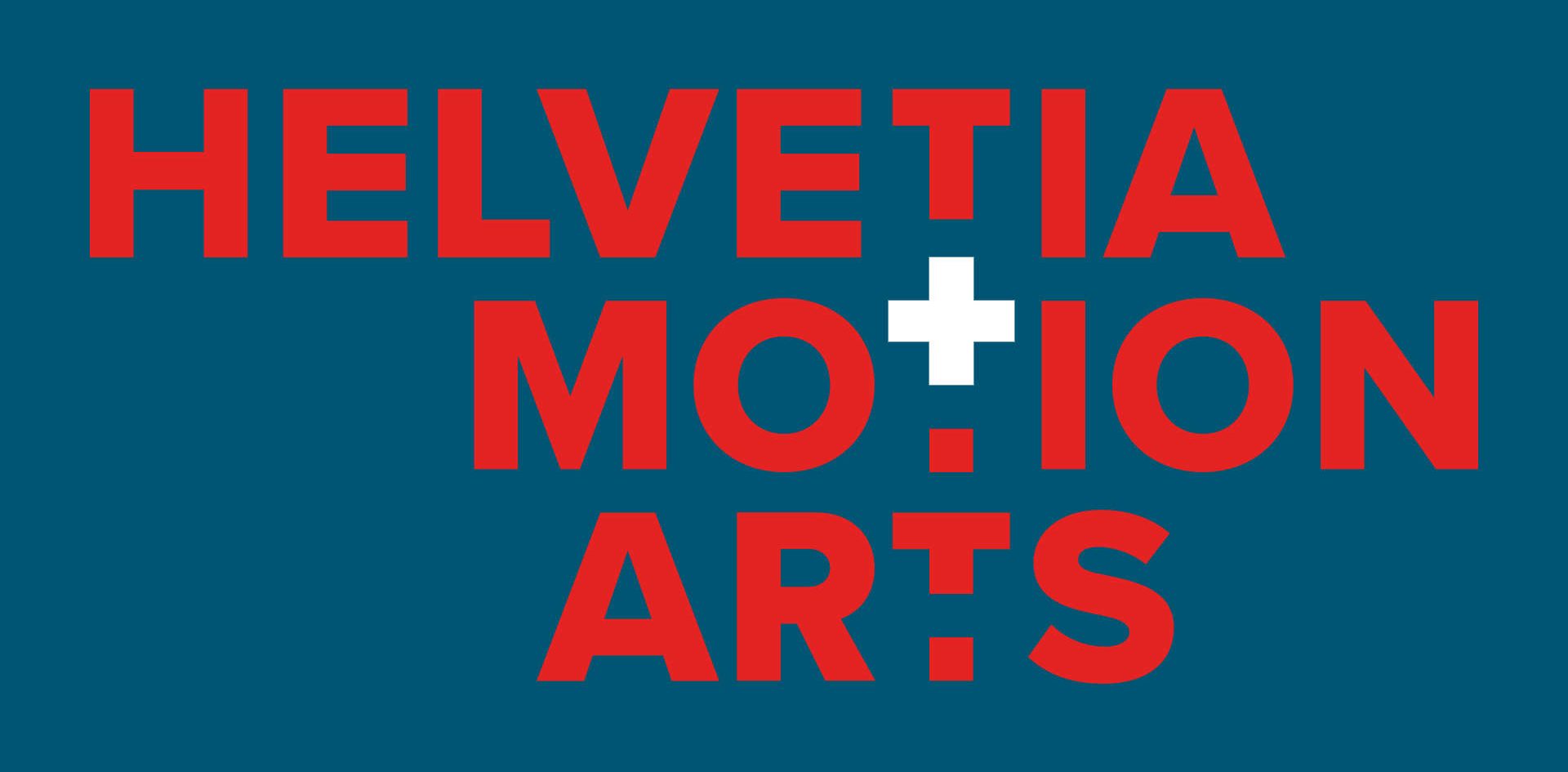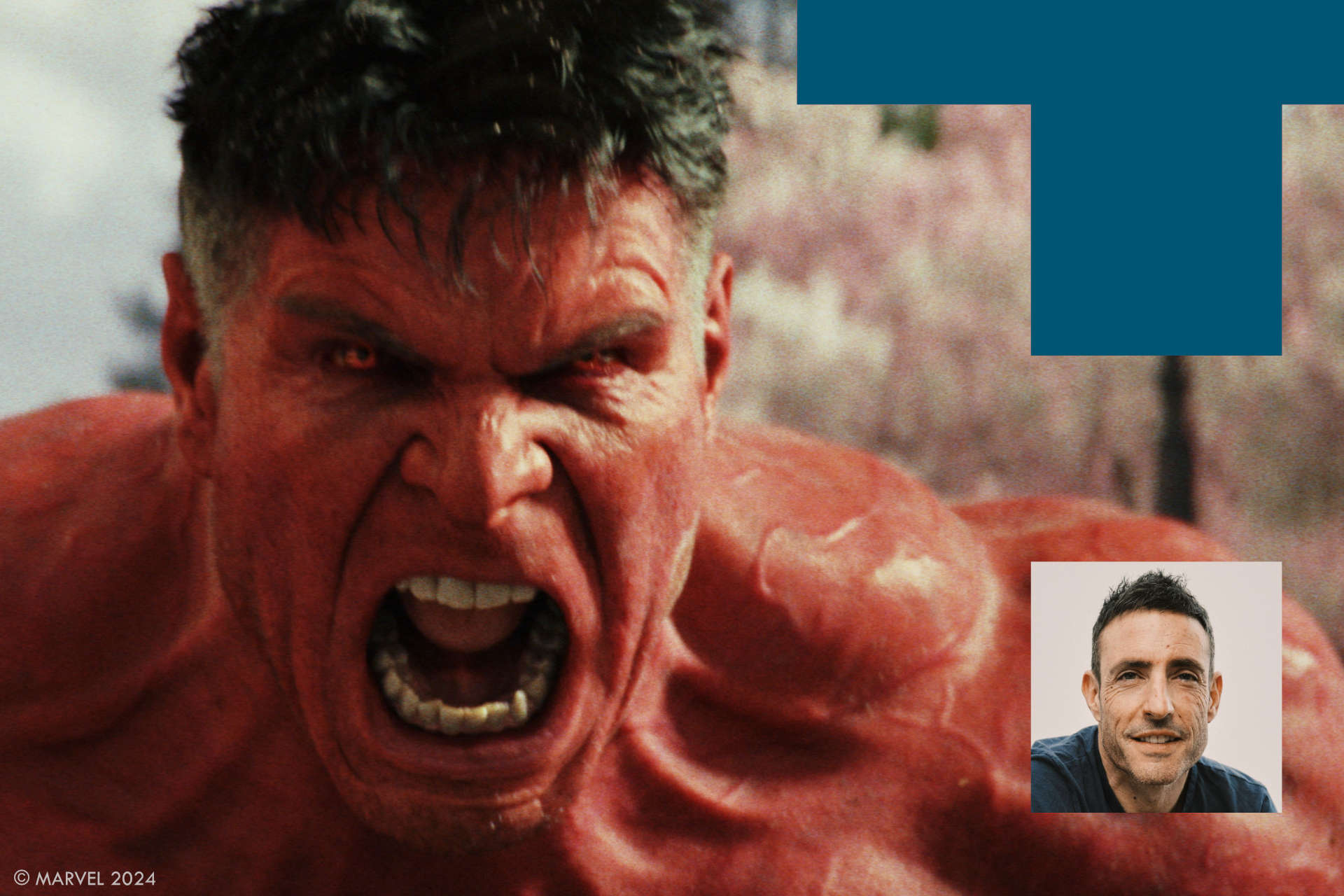
Born in Lugano, Switzerland, Alessandro Ongaro is a VFX Supervisor with a remarkable international career. From early 3D work for architecture to high-end feature films, his journey spans Milan, Hollywood, DreamWorks, and DNEG. He recently supervised Godzilla x Kong: The New Empire and Captain America: Brave New World.
What drew you to visual effects, and how did you take your first steps in the industry back in 1998?
My interest in visual effects started in the early ’80s, rooted in my childhood. My grandfather on my mom’s side loved Hollywood films, and my sister Silvia and I spent a lot of time with our grandparents in Milan watching American movies. Even though we often watched films that were a bit too mature for us—mostly war movies—this experience sparked a curiosity that later grew into a passion. My grandfather collected an Italian film magazine called “Ciak” (kind of like “Action!” or “Take!”). Each issue had special sections about special effects that really grabbed my attention. I spent hours looking through stories about groundbreaking films like Star Wars, Dune, An American Werewolf in London, and Tron (which my grandfather took me to see in theaters). These behind-the-scenes looks fascinated me, though at just ten years old, I didn’t see it as a potential career.
My path changed in the early ’90s when, still unsure about my future but interested in architecture and design, I didn’t pass the admission test at Politecnico di Milano. This led me to join ISAD, a design school in Milan, in 1993. There, I discovered 3D technology, which was a turning point in my career. The school was teaching a class of 3D Cad using a software called Point Line (which was actually from a Swiss company!!), this was much user friendly than Autocad and specifically designed for Architecture. I got good at it and quickly found a part-time job at a Milan design firm doing 3D designs. At the same time, I began trying out my first 3D rendering software, Crystal Topas 3D (I still have the disk image and hope to install it on a DOS virtual machine someday). It ran on DOS 6.22, was slow, but was revolutionary—one of the first PC programs to do basic raytracing for reflections and refractions. This experience cemented my passion; I knew then that computer graphics was my calling, with Hollywood as my ultimate goal.
After graduating in 1996, I returned to Lugano with uncertain career prospects. The VFX industry was almost nonexistent in Switzerland and Italy at that time, and I didn’t have the experience to apply to the few studios in London or Paris. For two years, I made ends meet bartending and DJing while working on my 3D skills at night, teaching myself every software I could get my hands on—3D Studio DOS, Lightwave, Imagine 3D, and more.
My big break came in 1998 through a chance meeting while serving a margarita to a customer named Roberto Luzzani. We started talking, and I learned he owned a small post-production company called Amila Productions. They were looking for a 3D artist, and just like that, I got my first job in the industry. In 2001, I moved back to Milan to join Digitalia Graphics, an early Italian VFX company. This move was important because it let me transition from TV commercials to feature films. I owe a lot to the owners, Stefano Marinoni and Paola Trisoglio, who helped me greatly improve my skills and creative approach.
The peak of this journey came in 2004 when I got hired by ESC Entertainment in Alameda, California—my official entry into Hollywood. On April 9th, 2004, I moved to the U.S. to work on “Constantine,” marking the start of my career in major studio productions.
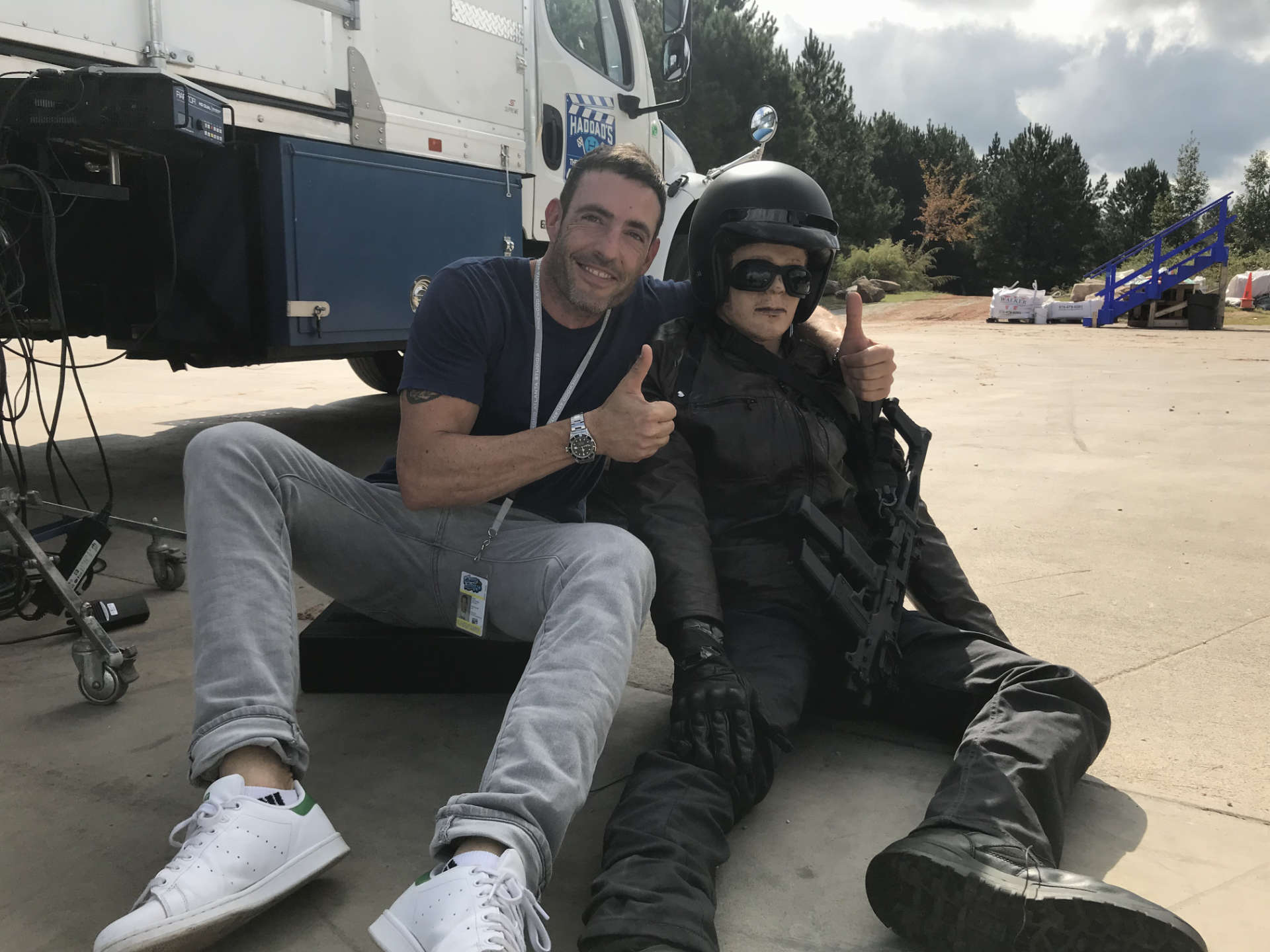
Growing up in Switzerland, far from the major VFX hubs, was that a challenge for you? How did you overcome it? Was there a project or a key encounter early in your career that shaped your path in the industry?
Yeah, it definitely wasn’t an easy path. Like I mentioned before, I was pretty far from where the action was happening. This was back when the internet was just starting out, so everything had to be learned the hard way. I spent so many hours trying to figure stuff out on my own, mostly inspired by the few behind-the-scenes features I could get my hands on – Jurassic Park was a huge one for me.
Looking back, I think those challenges actually helped me in the long run. Being isolated forced me to think outside the box and really pushed me to be resourceful. There wasn’t really a community around me either, so I couldn’t easily share ideas or learn tricks from others. I could have given up at any point, but something kept me going. Maybe deep down those early movie experiences with my grandfather were fueling my persistence.
I was also young and exploring different career options, so I wasn’t desperately focused on making it in VFX. I was actually about to accept a job as a System Administrator for a major cybersecurity firm when that chance encounter happened – serving that margarita to Roberto turned out to be a life-changing moment!
So my journey was really a mix of luck and stubbornness, or maybe it was fate (though I’m not really a believer in fate, to be honest). I owe a lot to several people who shaped my path. First, my parents who supported me financially when I studied at ISAD. Then Roberto at Amila Productions who gave me my first real industry job. And of course, Paola and Stefano at Digitalia who really helped me grow professionally and make the leap to bigger projects.
That period at Digitalia was crucial because it’s where I transitioned from commercial work to film. Working on my first feature projects there gave me the confidence and portfolio I needed to eventually make the jump to Hollywood. Without that stepping stone, I might never have been ready for the opportunity at ESC Entertainment when it came along.
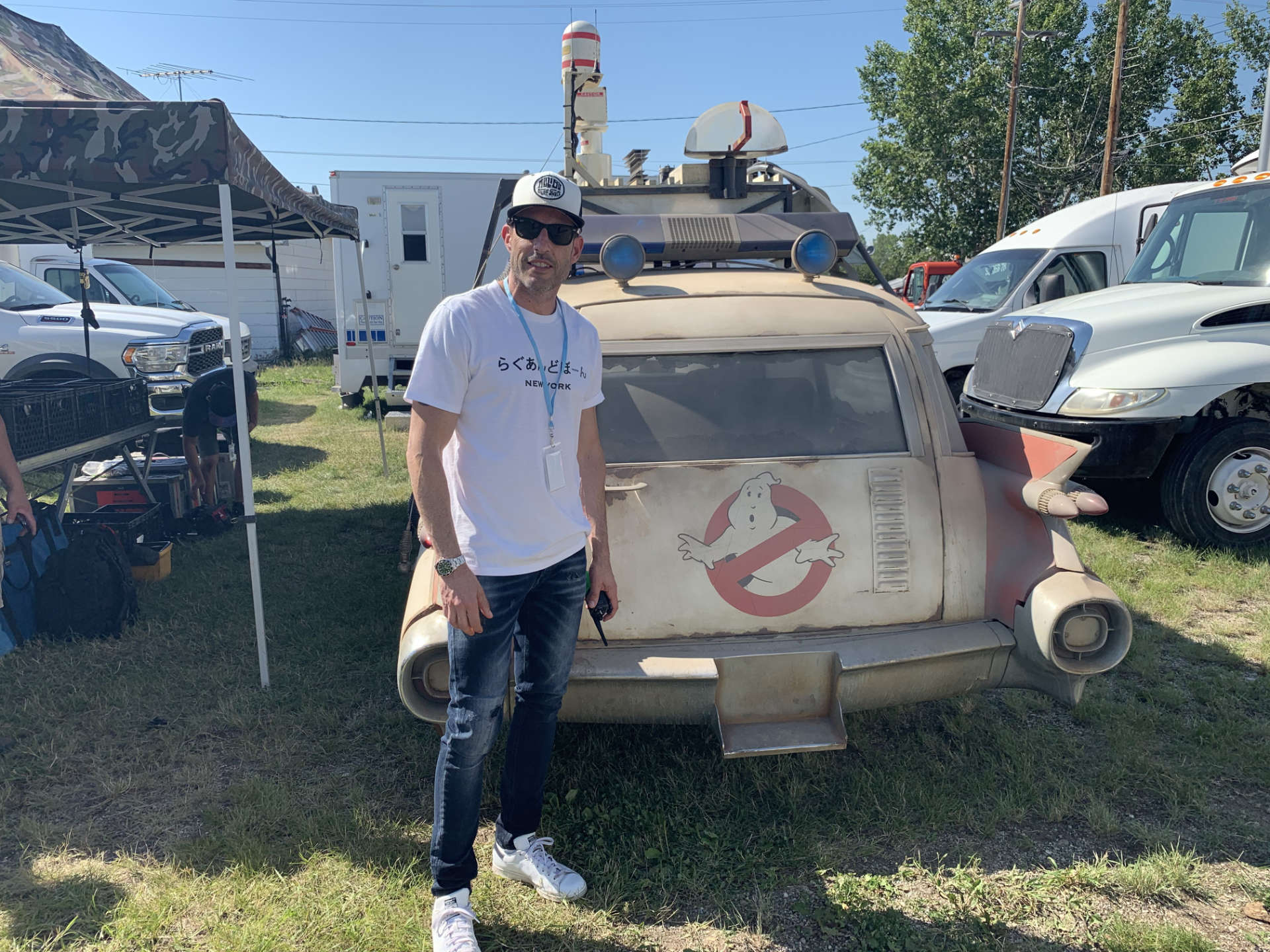
In 2020, you became an independent VFX Supervisor. What motivated this decision, and what are the biggest challenges and advantages of working independently?
Back then I was at DNEG and landed my first job as Production Visual Effects Supervisor for Ghostbusters: Afterlife as a loan-out. I enjoyed the role so much that it really opened my eyes to what I wanted to do next. I decided to go freelance because it gave me more freedom to pursue those kinds of opportunities. When you’re working for a big VFX house, you don’t always have control over which projects you can chase – you’re limited to what the company bids on and assigns you to.
The decision wasn’t without risk, though. The scary part of going independent is pretty obvious – if you don’t work, you don’t get paid. There’s no safety net of a regular paycheck. But it felt like the right move at the time. The industry was still pretty busy five years ago, definitely in much better shape than it is now. I connected with some great agents at UTA who helped me make the transition and find projects.
The biggest advantages of being independent are definitely the creative freedom and variety of work. I can choose projects based on their creative appeal rather than just company priorities. I also enjoy building relationships directly with directors and producers without a VFX house as the middleman. This has led to some repeat collaborations that probably wouldn’t have happened otherwise.
The challenges are real, though. Besides the financial uncertainty, there’s the whole studio politics side of things, which isn’t easy to navigate. I have to personally manage relationships with studio executives and deal with competing priorities between different departments. I’m also constantly networking to ensure the next job is lined up when the current one wraps. You’re also missing out on the resource pool and infrastructure that comes with a big company.
Would I make the same decision today? I’m not sure. I’ve been fortunate enough to work non-stop since going independent, but I can clearly see the slowdown in our industry. Projects are getting harder to come by, budgets are tighter, and the competition is intense. It gets harder and harder to secure work, especially with all the industry changes we’ve seen recently. But for now, the creative control and the types of projects I’ve been able to work on have made it worthwhile.
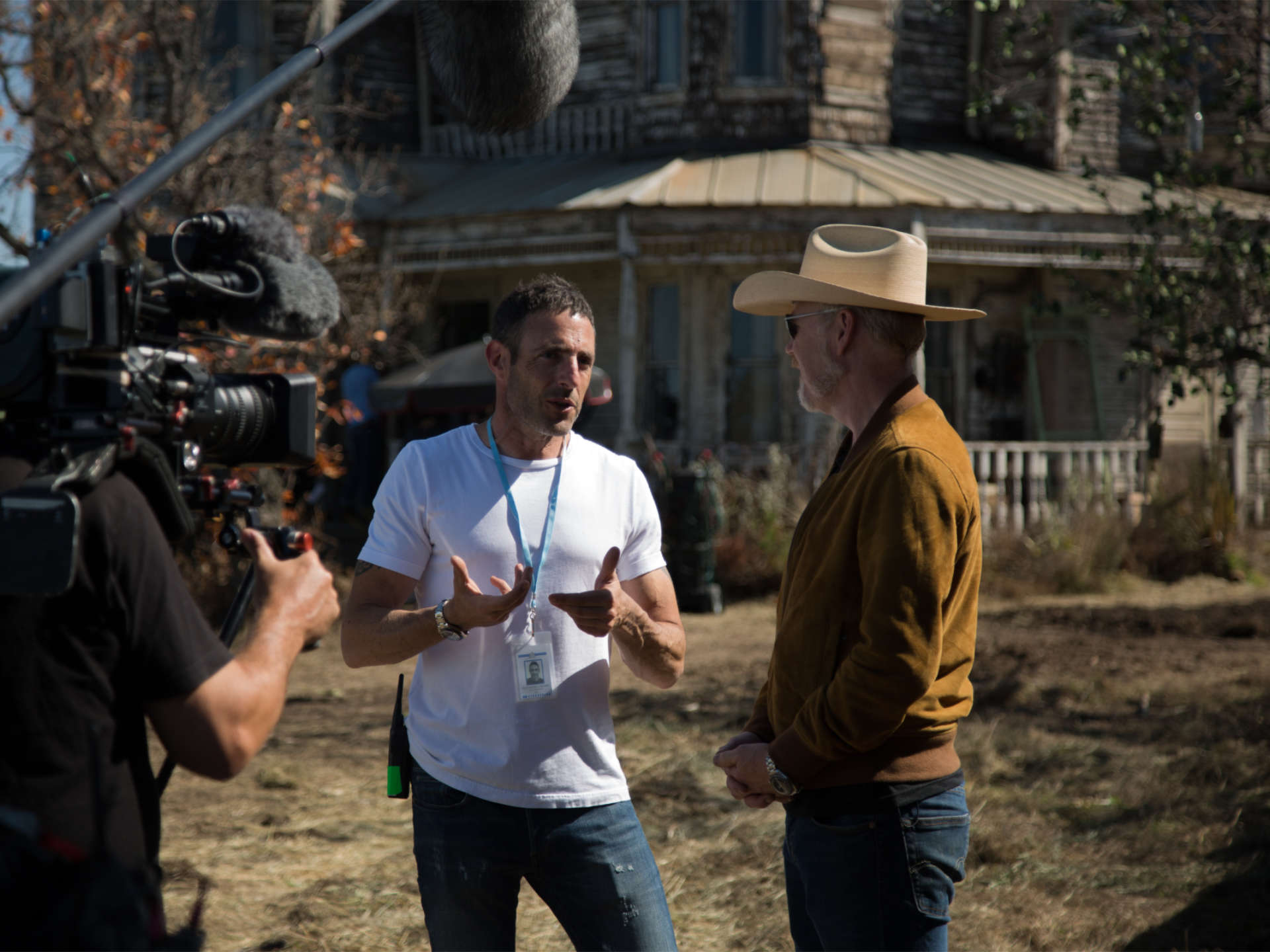
How has your approach to work evolved as you transitioned from more technical roles to overseeing entire projects?
You know, it’s hard to pinpoint specific changes because this transition happened gradually over nearly 27 years. Every project I’ve worked on since I started has helped me grow both professionally and personally. My path from artist to lead to supervisor unfolded organically across many productions and years.
I’ve always leaned more toward the creative side than the technical one, and I think I’ve been a decent leader from early on – those qualities definitely helped me throughout my career. Leadership wasn’t something I had to completely relearn; it felt somewhat natural.
People skills are another thing entirely though. You either have that foundation or you don’t. Sure, some aspects can be learned, but the core ability to connect with and manage people needs to be in you already. We’ve all seen this across every industry – highly talented technical people get promoted to management positions and just crash and burn because those are completely different skill sets.
I’ve certainly made my share of mistakes along the way – still do – but I try to learn from each one and improve. The biggest evolution in my approach has probably been learning to see the bigger picture rather than getting caught up in specific technical challenges. As a supervisor, I need to understand how visual effects serve the story rather than just creating cool visuals for their own sake.
Another significant shift has been developing the ability to communicate effectively with both creative teams and studio executives – basically translating between the artistic vision and business realities. Early in my career, I was focused only on making things look amazing. Now I balance that with budget constraints, scheduling demands, and the overall production needs.
Trust has become increasingly important too. As I manage larger teams, I’ve had to let go of controlling every detail and trust my VFX partners to execute the vision. That’s been a learning process – knowing when to dive deep into a technical problem and when to step back and let the specialists handle it.
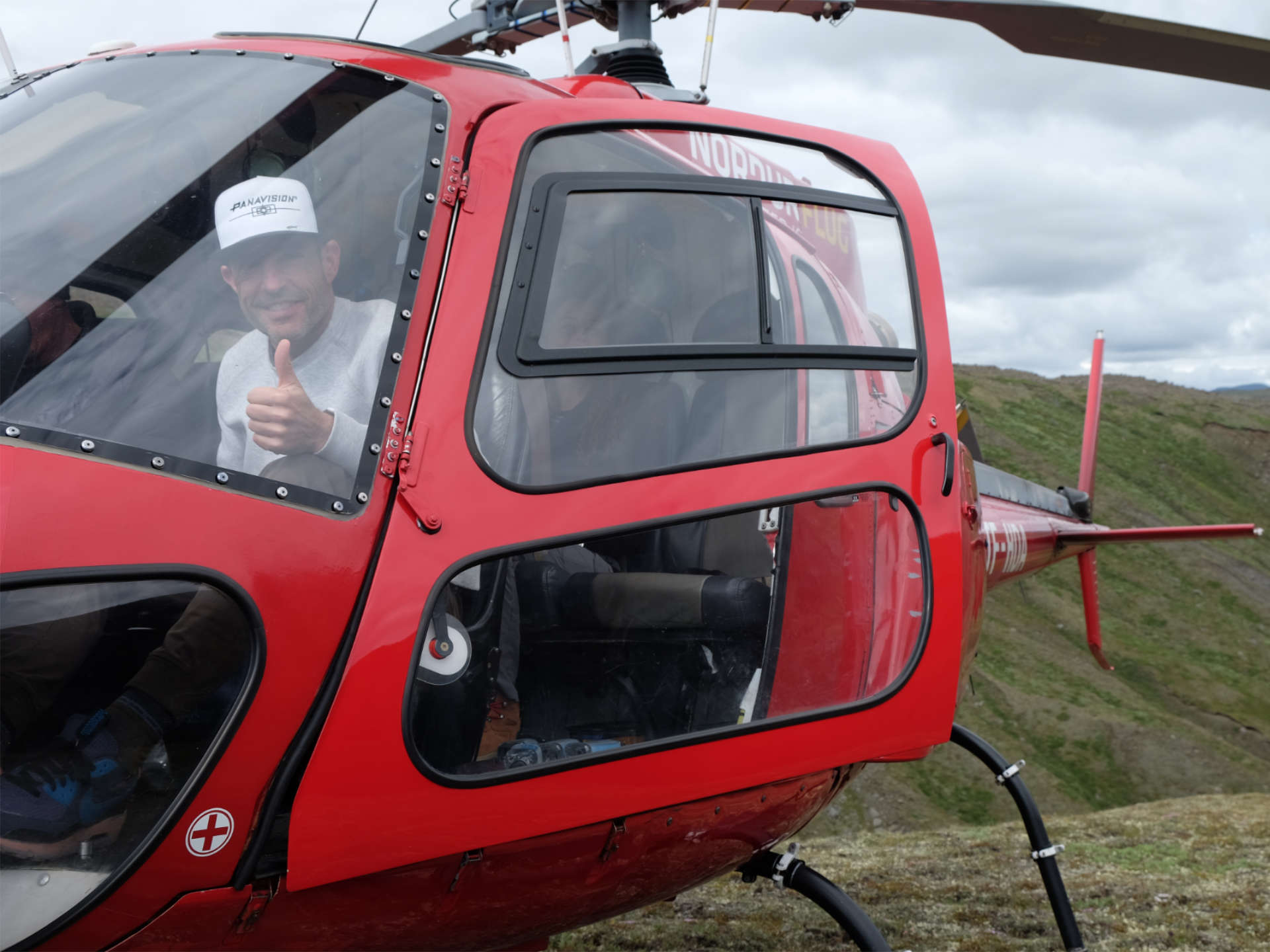
You’ve worked on major productions like Ghostbusters: Afterlife, Godzilla x Kong: The New Empire, and Captain America: Brave New World. What was the biggest technical or artistic challenge you faced on these films?
As a Production VFX supervisor, my challenges go well beyond just the technical and creative aspects that people typically think about. For the technical side, I’m fortunate to work with extremely talented artists who handle those challenges – they’re the specialists who dive deep into the complex problems of simulation, rendering, and pipeline issues.
Creatively speaking, that’s what motivates me and is essentially my job. Each project has its unique creative hurdles – whether it’s bringing iconic characters like the Mini-Pufts to life in Ghostbusters, balancing the massive scale and physics of titan battles in Godzilla x Kong, or creating something fresh yet faithful to the legacy of the Captain America franchise. But these are the fun challenges that drive me rather than ones that keep me up at night.
The real challenges that we rarely talk about in interviews are often the toughest part of my job. I sit right in the middle between the Studio/Director and our VFX partners, functioning as a two-way filter. On one side, I need to translate the director’s creative vision into actionable VFX work. On the other side, I need to manage expectations about what’s possible within budget and schedule constraints. I can’t go into too many specifics, but this balancing act is incredibly demanding. Sometimes a director wants significant changes late in production, or a studio suddenly shifts priorities or deadlines. Other times, a VFX house might struggle with capacity issues or technical roadblocks that threaten delivery. Navigating these situations requires diplomacy, creative problem-solving, and sometimes tough decisions.
It’s similar to the challenges when we’re shooting a movie – we always go in with a plan, but that plan rarely survives intact. I frequently need to find last-second solutions when something unexpected happens. Most of the time I make good calls, but not always. Those situations are largely out of my control, and I just have to deal with them as they come.
That’s why my motto has always been: Hope for the best, prepare for the worst. In VFX supervision, that preparation mindset has saved countless shots and sequences over the years.
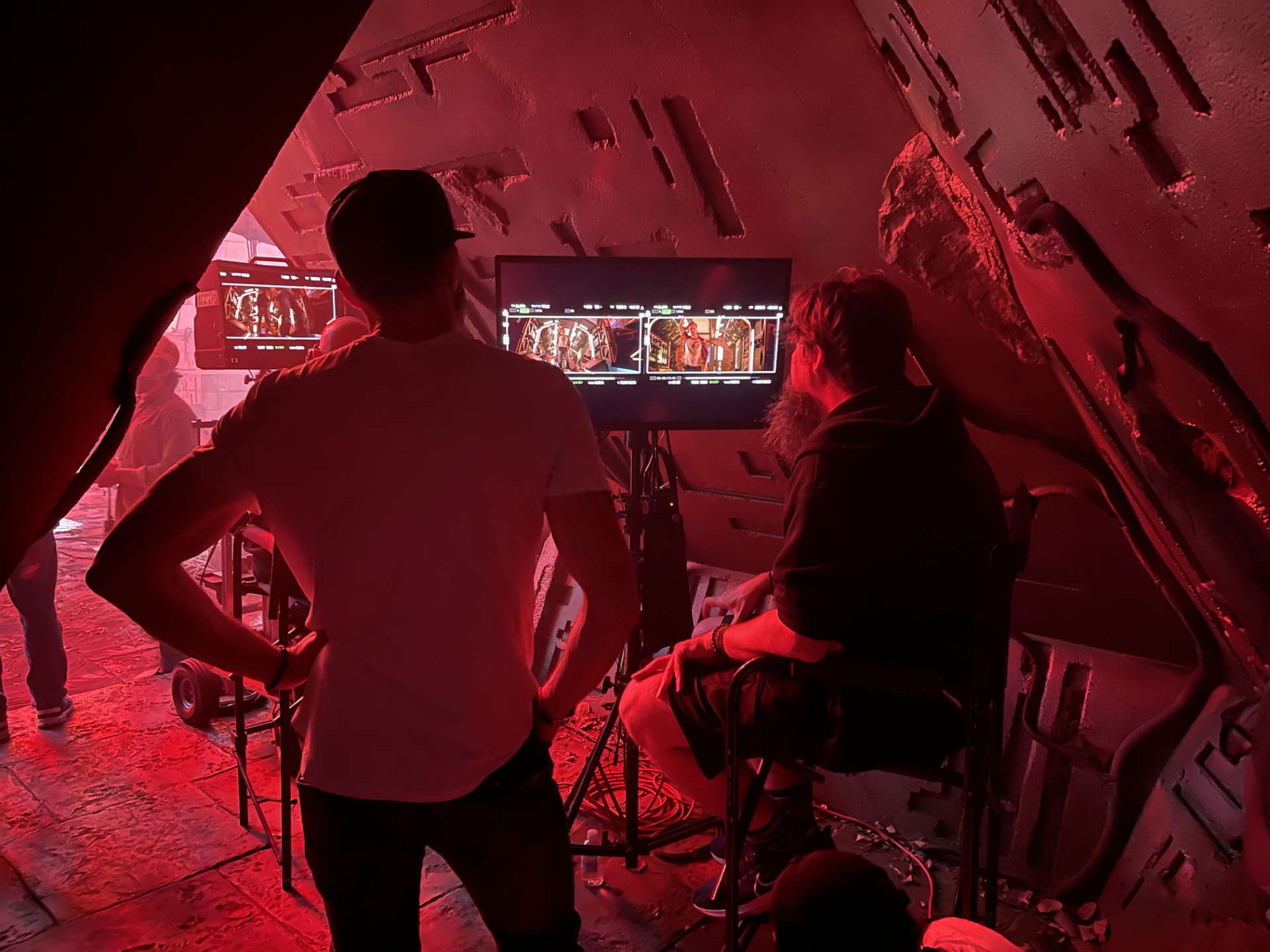
Is there a particular moment or sequence you’ve worked on that you’re especially proud of?
There are too many to count, and funny enough, people always ask me this question! My standard answer is that I don’t pick my favorite child. 🙂 With that said, I have so many fond memories across projects, even going back 15-20 years. If that wasn’t the case, I probably would have changed industries a long time ago!
Most recently though, I’m particularly proud of our work on The Old Farmer (Harold Ramis) for Ghostbusters: Afterlife. Creating a respectful and believable digital version of Ramis was both technically challenging and emotionally significant. I think that sequence is what helped us earn a BAFTA nomination, and it meant a lot to both the fans and Ramis’s family that we got it right.
I also really loved the work we did for Godzilla x Kong: The New Empire with those 55 minutes of fully CG sequences. The scale of those titan battles, especially in the Hollow Earth environments, pushed us to create something that was both spectacularly massive yet detailed enough to feel authentic. When you’re working with creatures that size, getting the physics to feel believable while still creating dramatic action is a real balancing act.
What makes me proudest isn’t just the technical achievement, but when the visual effects serve the story so well that viewers don’t even think about them as effects. When they’re just caught up in the emotion or excitement of the moment – that’s when I know we’ve done our job right.
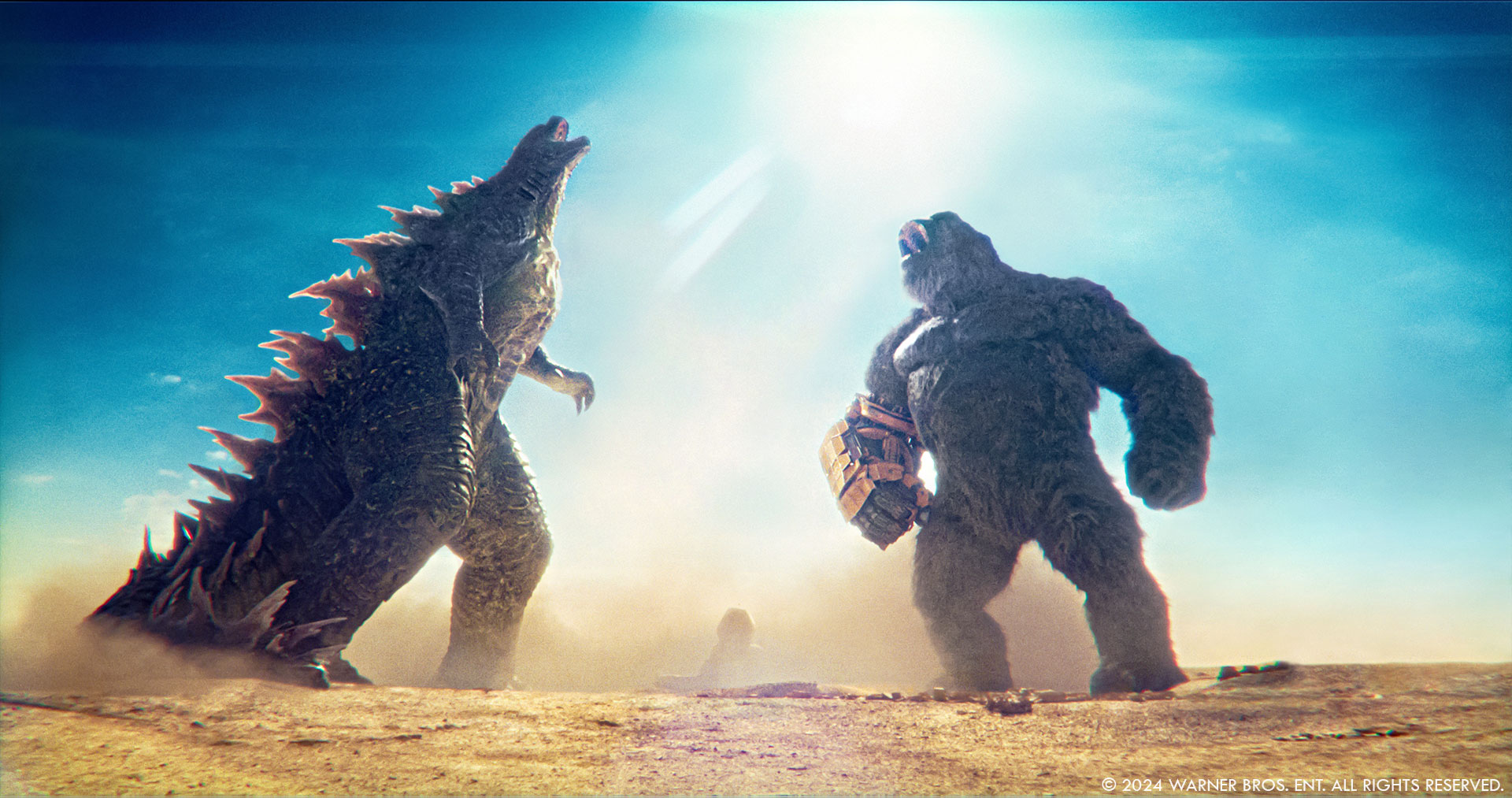
The VFX industry has evolved significantly since you started. How do you see its future, and what changes would you like to see?
I’m not sure, to be honest. I’m lucky enough to be in a place and position where I think there’s still going to be demand for what I do for the next 10 years (hopefully…), but things are certainly changing. There’s less work than before, less spending, and sadly, less creativity.
After Covid, we experienced this huge boom because all the projects that stalled for almost 2 years created so many work opportunities at once. But that was just temporary, and the result now is a very low demand with a lot of talented people looking for jobs. So many VFX artists have been out of work for months if not years, and I don’t think the situation is going to change anytime soon.
Unfortunately, what I would like to see change wouldn’t necessarily create more jobs. Hollywood has largely run out of original ideas, and we’ve seen many big-budget productions bomb at the box office. This doesn’t help our industry in general, but it’s particularly tough for VFX because the few big projects that do get made want to spend less money while still expecting the same amount of VFX work as before – if not more. This model just doesn’t work because ultimately it affects the quality, and the result is that infamous “bad CGI” criticism we keep hearing about.
We also can’t deny that AI is going to play a big role in the near future. Although there’s still a big misconception about what can actually be done with it, AI is already being used in our industry for certain tasks more than people think – we just don’t talk about it openly, and the technology is evolving rapidly.
What I’d like to see change is a return to valuing craftsmanship and giving VFX teams the proper time and resources to do their best work. There’s been this trend of compressing post-production schedules while expecting more shots, and that’s a recipe for burnout and mediocre results. I’d also like to see better integration between production and post-production planning, getting VFX supervisors involved earlier in the process before creative decisions are locked that might create unnecessary technical challenges.
I also think we need more transparency about working conditions. The industry still struggles with crunch time and unsustainable work hours, particularly at certain studios. If we want to keep attracting talented people, we need to address these issues.
Despite these challenges, I remain optimistic about storytelling. As long as people want to see things on screen that can’t exist in real life, there will be a place for VFX. The form might change, the tools will definitely evolve, but the core creative problem-solving that makes this job exciting won’t go away.
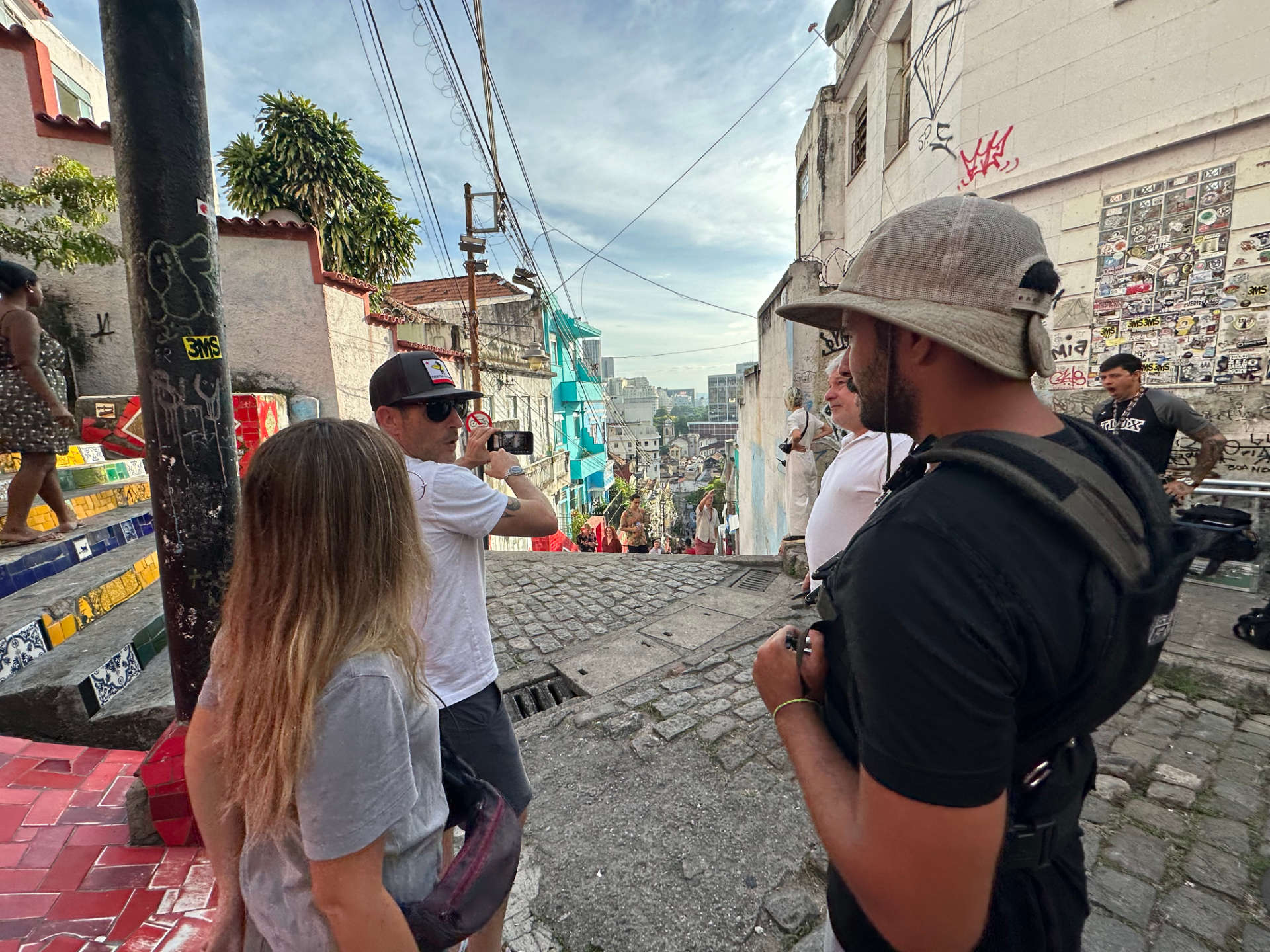
Is there a project or a universe you dream of working on—whether it’s a specific film, director, or franchise?
I always wanted to work on a Bond movie because I grew up watching all of them as a kid. There’s something about that franchise that sparked my imagination early on. The exotic locations, the gadgets, the practical stunts combined with cutting-edge visual effects – it always felt like the perfect blend of old-school filmmaking and innovation. That said, I’m not sure I’m still as interested now though. The franchise has evolved quite a bit from those earlier films that captured my imagination. It’d be interesting to see where Amazon is going to take the series now that they’ve acquired it. They might open up some new creative directions that could be exciting.
Besides Bond, I’ve always been drawn to projects that blend practical effects with digital work in innovative ways. Think of directors like Denis Villeneuve or Christopher Nolan who have a strong visual sense but don’t rely exclusively on VFX – they use it as one tool in their storytelling arsenal. Working with filmmakers who have that balanced approach is always rewarding because the visual effects aren’t just spectacle, they’re integral to the narrative.
I’m also increasingly interested in projects that push into new visual territory rather than revisiting established franchises. There’s something exciting about helping to create a visual language for a world that audiences haven’t seen before, rather than working within constraints of an existing universe.
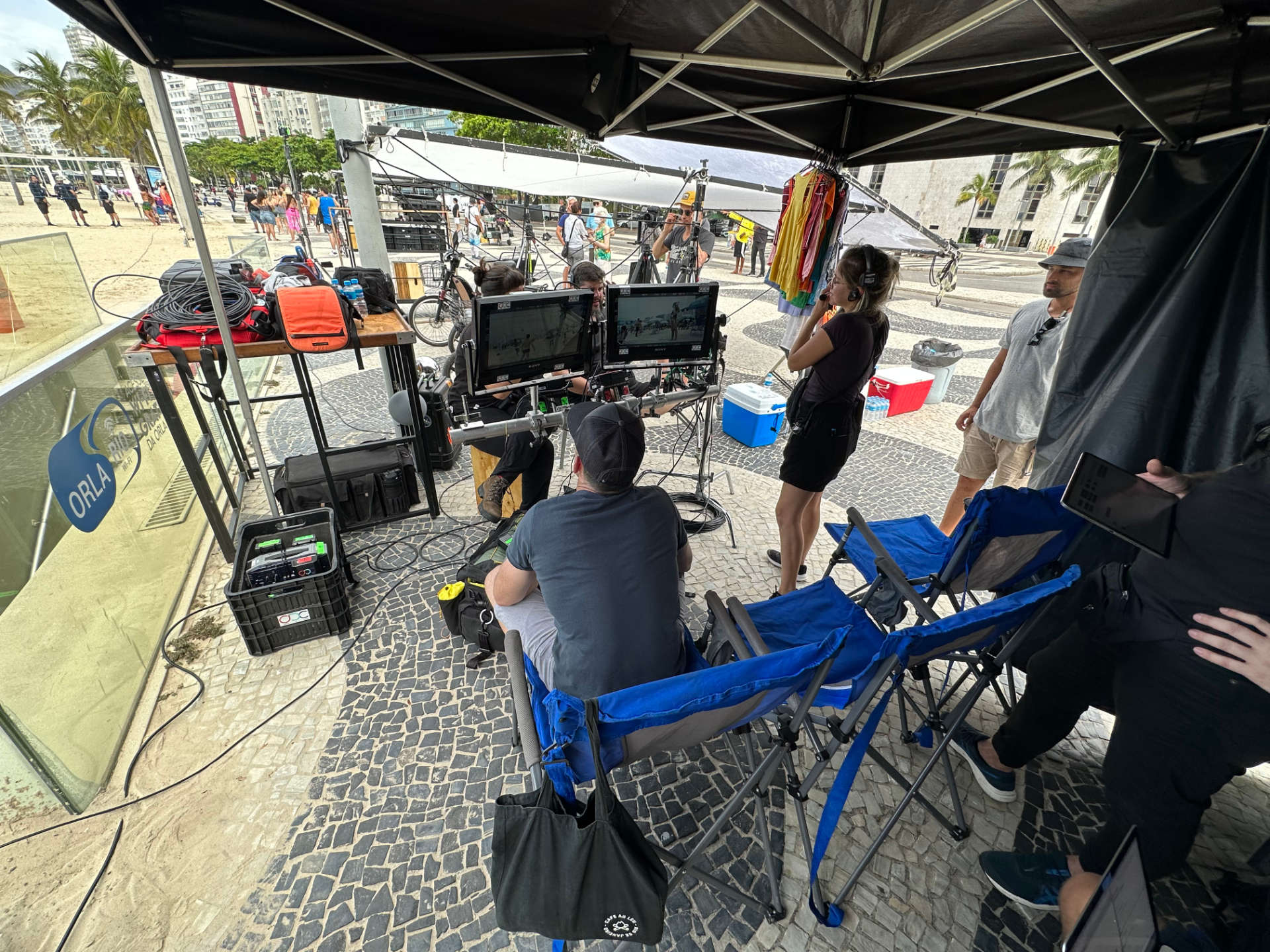
What advice would you give to young Swiss artists who aspire to follow in your footsteps in the VFX industry?
That’s a tough question because as I said, the industry isn’t in a great place right now, and I don’t think it’s going to get dramatically better anytime soon. I don’t want to sound harsh or crush anyone’s dreams, but I would be doing a disservice if I just said “work hard and follow your dream” without acknowledging the reality. If you’re passionate about visual storytelling, I’d recommend a few things:
First, develop a diverse skill set. Don’t get locked into just one specialty. The artists who survive in this industry can adapt to different roles and technologies as things change.
For Swiss artists specifically, take advantage of the excellent technical education you have access to. That strong foundation in programming and engineering combined with artistic skills is really valuable.
Definitely learn about AI tools rather than fear them. They’re going to be part of our workflow moving forward, and understanding how to use them effectively will give you an edge.
Networking matters more than ever. The Swiss VFX community is small, but there are great European studios doing cool work. Attend events, join online communities, and connect with people in the industry. Consider adjacent fields too – game development, architectural visualization, or industrial design use similar skills but might offer more stability.
If you’re set on traditional VFX, be ready to move around. This industry requires following the work, which often means relocating multiple times throughout your career.
Finally, and most importantly, maintain perspective. A career in VFX can still be incredibly rewarding creatively, but it shouldn’t define your entire identity. Cultivate other interests, skills, and relationships outside the industry. The technology and business will continue to change, but your passion for visual storytelling can find many outlets throughout your life.

Thanks for your time.
// Curious to see more about the artist?
Art of VFX: Interview of Alessandro Ongaro about Captain America: Brave New World on The Art of VFX.
Art of VFX: Interview of Alessandro Ongaro about Godzilla x Kong: The New Empire on The Art of VFX.
Art of VFX: Interview of Alessandro Ongaro about Ghostbusters: Afterlife on The Art of VFX.
